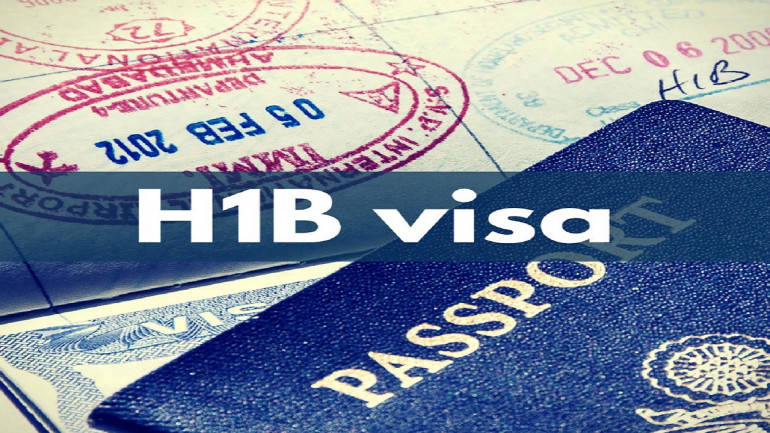The popular view is that the US will look to bring in a change through the administrative route instead of making legislative changes.
The US government's plan to reconsider the H-1B visa rules may not spell doom for the Indian information technology services industry, which has relied heavily on these non-immigrant work visas to support its outsourcing model.
A lot would depend on the route the US takes to bring these changes into effect, said experts. The popular view is that the US will look to bring in a change through the administrative route instead of making legislative changes.
This means that the government would look to bring in the new changes through an executive order or in the form of a rule rather than a legal change.
The Department of Homeland Security (DHS) on October 18 said that the US Citizenship and Immigration Services (USCIS) plans to come out with a new proposal to revise the H-1B visa programme by January 2019.
The new changes will suggest reforms to help ensure that H-1B visas are awarded to the "most-skilled or highest-paid petition beneficiaries", said the US government in a regulatory note.
It further said the proposed H-1B "regulation would help to streamline the process for administering the H-1B cap and increase the probability of the total number of petitions selected under the cap filed for H-1B beneficiaries who possess a master’s or higher degree from a U.S. institution of higher education each fiscal year".
At present, the US has a cap of 65,000 visas for the general category and allows a further 20,000 people who have a US master's degree from an accredited institution to also apply.
According to industry experts, Indian IT firms would see a short-term impact on profitability and margins.
"Higher wages for onshore skills will create a profit headwind for the Indian firms as the most expensive part of the labor cost for Indian firms is their on shore labor," said Peter-Bendor Samuel, CEO of research firm Everest Group.
In a note titled "H-1B: old proposals, same set of concerns," analysts Kawaljeet Saluja and Sathishkumar S said on Monday that companies would face a potential EBIT margin hit of 250-330 basis points and there will be potential demand fulfillment challenges for a select few.
"The local workforce for IT companies will vary 40-60 percent...Hit for individual companies will vary. For example, Wipro’s local workforce is 58 percent of the overall US workforce. This number will be about 55 percent for HCL Technologies," they said in the note.
Changing definitions:
This is not the first time the US has tried to tighten H-1B visa norms since US President Donald Trump took office.
In April last year, the USCIS had released a policy memo specifying that computer programmers were not considered belonging to a specialty profession by default.
Over the past year, the US has tightened H-1B visa application scrutiny, and generally made the process of obtaining the work visa a cumbersome process.
Until last year, it was estimated that nearly 200,000 H-1B visa applications are approved, including visa renewals, extensions and other exempt categories, in a year.
The Trump administration has also proposed revoking work permits given to H4 visa holders. H4 visas are issued to immediate family members of H-1B visa holders.
Industry body National Association of Software and Services Companies (Nasscom) said last week that the proposed changes, including regulating wages, "will only add costs to a system that is working well for global IT services companies".
The Kotak analysts in their note pointed out that H-1B applications by tier-1 IT companies have reduced dramatically, being as low as 400 applications in all by Wipro last year.
Companies such as Infosys has stepped up localization program and recruited 5,800 employees as a part of hiring locally in the US, the anlaysts added. The company has earlier said it will hire 10,000 people in the US by next year. Most other tier-1 IT companies are also upping local hiring in the US.
"None of the companies are reliant on fresh H-1Bs for staffing projects in the US. The challenge, if at all, will be on existing stock of visa holders in the US," the Kotak analysts added.
Long term impact
"In the long term, tech companies may look to expand their GIC's (global in-house centres) and employment in other countries such as the EU and India. The cost base of the Indian firms will continue to rise and their relative competitiveness against US and EU firms will drop," said Bendor-Samuel.
He added that because of the growing digital services business, Indian IT firms may look at reducing their dependence on labour arbitrage model and enter a digital arbitrage market, which might be an opportunity area for Indian IT firms.














